As more consumers turn to at-home teeth whitening and oral care devices, reports of enamel transparency and unexpected taste loss are raising alarms among manufacturers. These issues not only affect product effectiveness but also pose serious concerns about long-term oral health. Is this damage permanent—or can B2B suppliers mitigate the risks before products reach the market?
Enamel transparency occurs when the protective enamel layer on teeth thins or demineralizes, making the underlying dentin more visible. This results in teeth that appear grayish, bluish, or translucent at the edges—an aesthetic flaw that consumers immediately notice.
The causes of enamel transparency in whitening products may include:
Left unaddressed, this condition weakens teeth, increasing sensitivity and making them prone to chipping or erosion.Company web:https://www.powsmart.com/product/electric-toothbrush/
Taste loss is a less visible but equally damaging side effect. Users report diminished ability to sense sweet, salty, or sour flavors after using whitening kits or strong mouth rinses. This can result from:
For OEM/ODM manufacturers, such risks threaten not only user satisfaction but also regulatory compliance and market credibility.
These two problems—enamel transparency and taste loss—are more closely connected than many realize:
This overlap means that a single design flaw can result in multiple, compounding user complaints.
Common B2B production errors leading to these outcomes include:
These problems are avoidable—but only if quality control processes are robust and material selection is meticulous.
OEM manufacturers can adopt several practices to prevent enamel transparency and taste loss:
These measures ensure both product safety and superior user experience.
Innovations that could eliminate these problems include:
Such solutions not only address enamel transparency and taste loss but also offer a strong competitive advantage for brands focused on safety and quality.
In summary, while enamel transparency and taste loss present serious concerns, they are not inevitable. Through thoughtful design, careful material selection, and rigorous quality control, manufacturers can prevent these long-term damages. For B2B brands, proactively managing these risks ensures product safety, builds market trust, and secures long-term success in the competitive oral care sector. Contact us
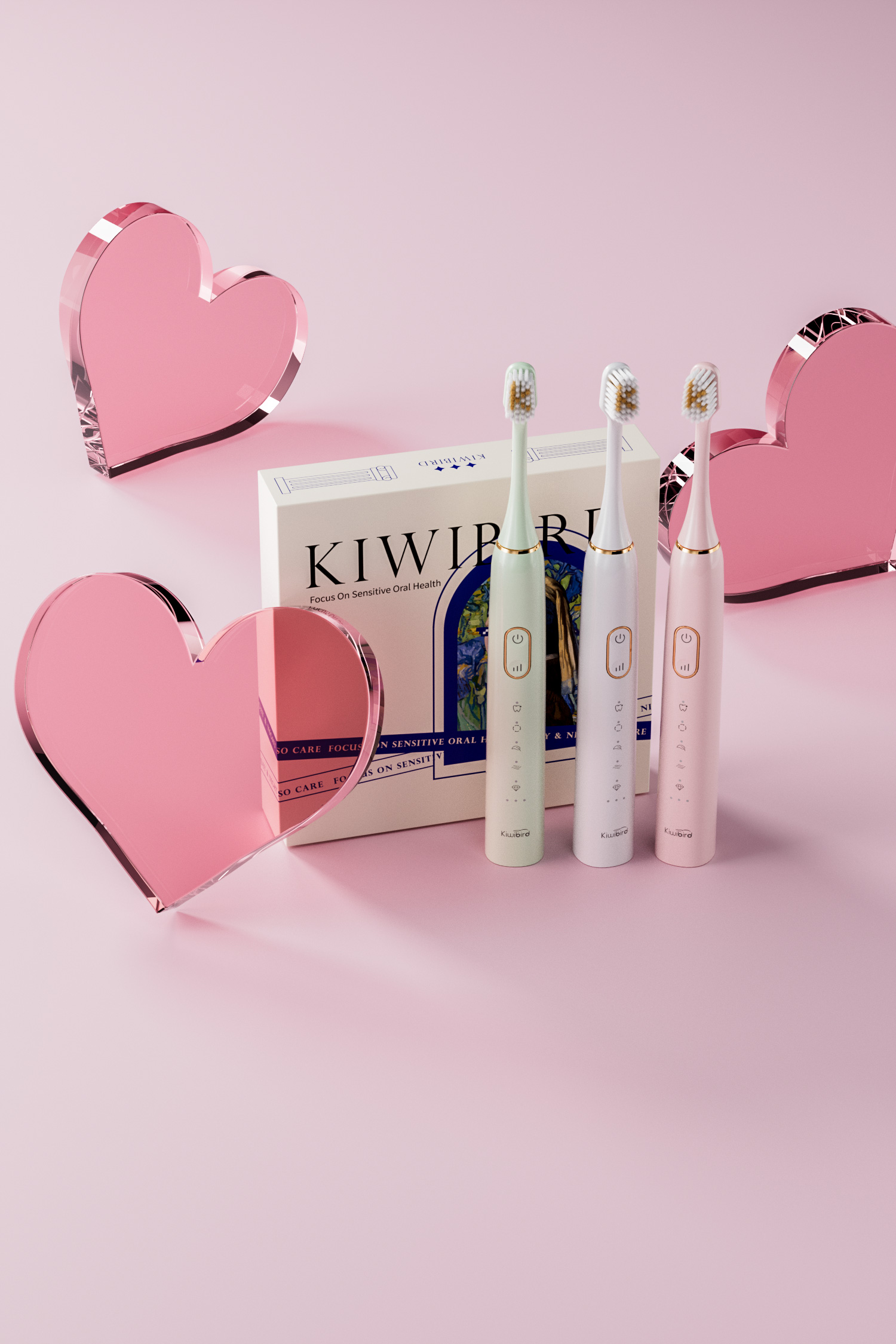
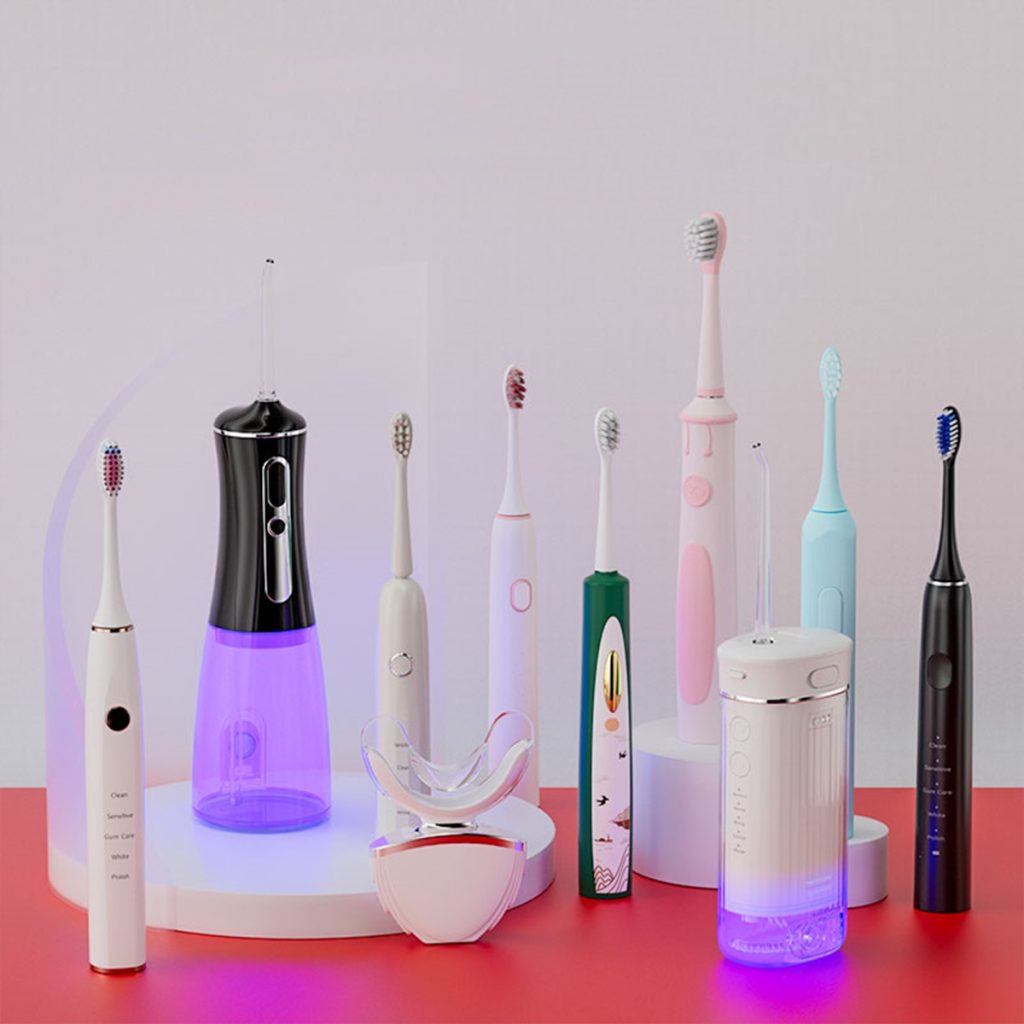
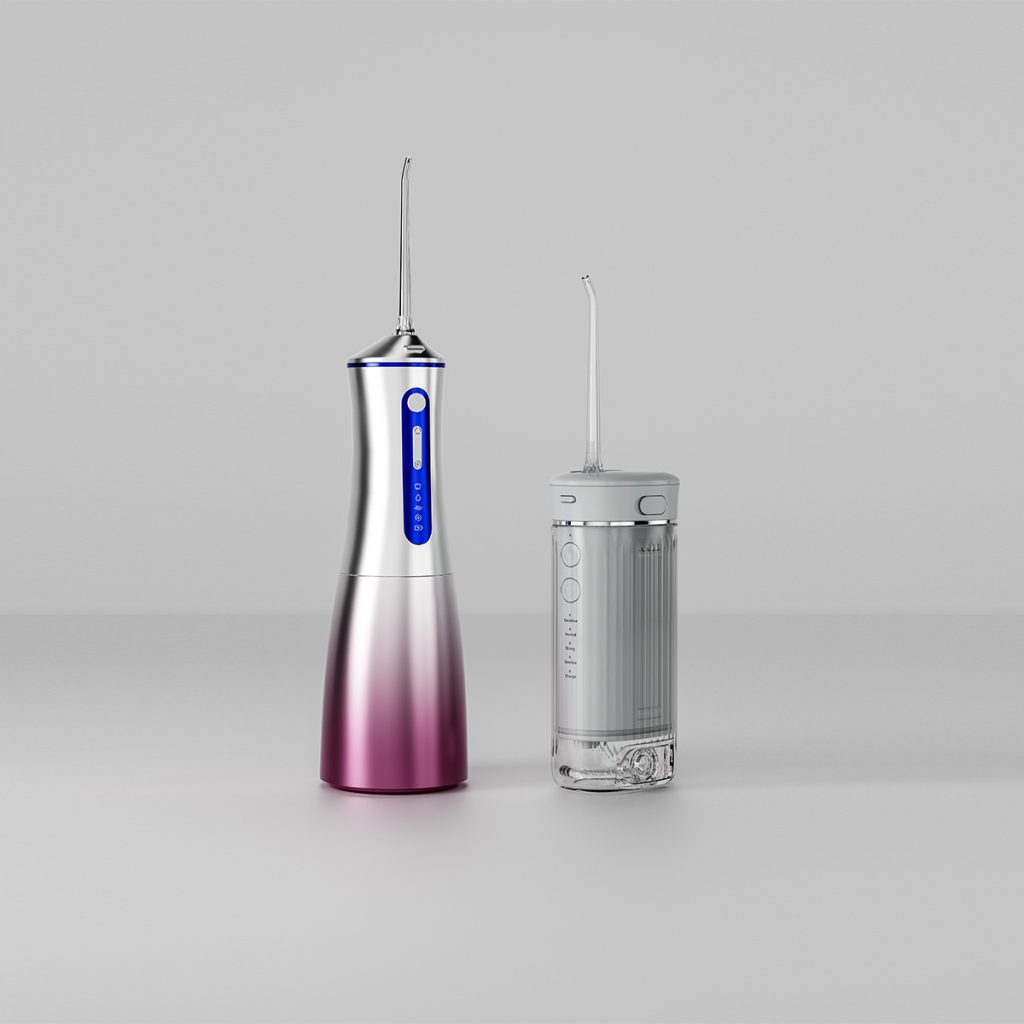
.webp)
How Do Electric Toothbrush Market Trends Influence Electric Toothbrush Supplier Certification?
Tray Misalignment Worsening Jaw Pain – Solution Exists?
.jpg)
No-Mess Water Flosser Design: How Our Factory Solves Splashing for Your Brand
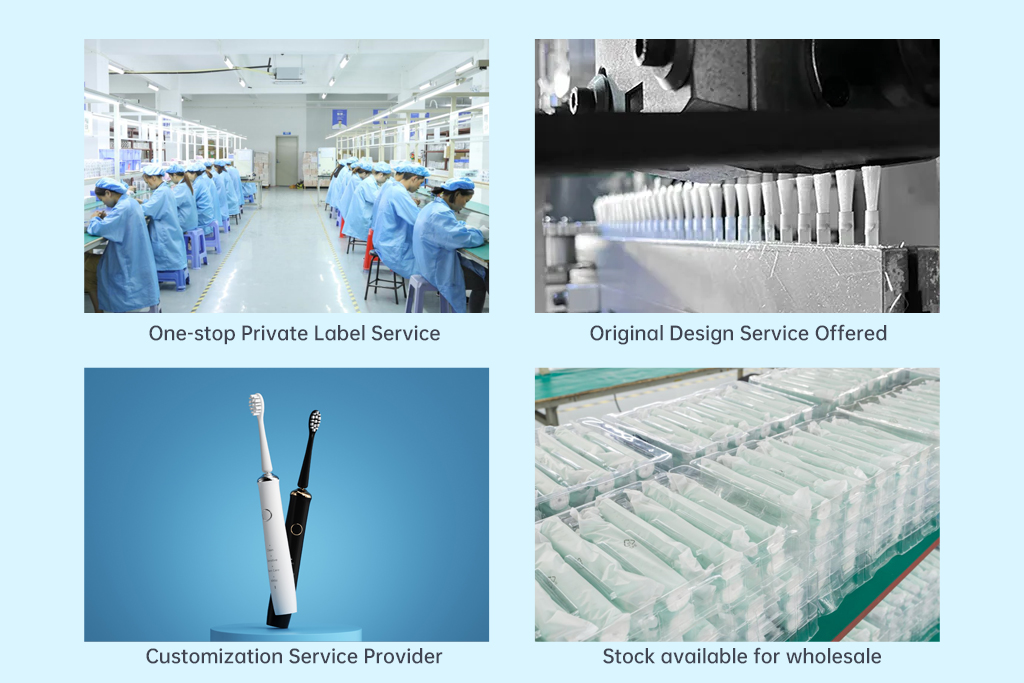
How Can Water Flosser Factories Help Brand Owners Build High-End Product Lines?
.jpg)
Need an Electric Toothbrush Packaging Supplier with Integrated Electric Toothbrush Logistics Services?
.jpg)
No More Missed Spots: How Our Manufacturer Ensures Your Water Flosser Reaches All Teeth
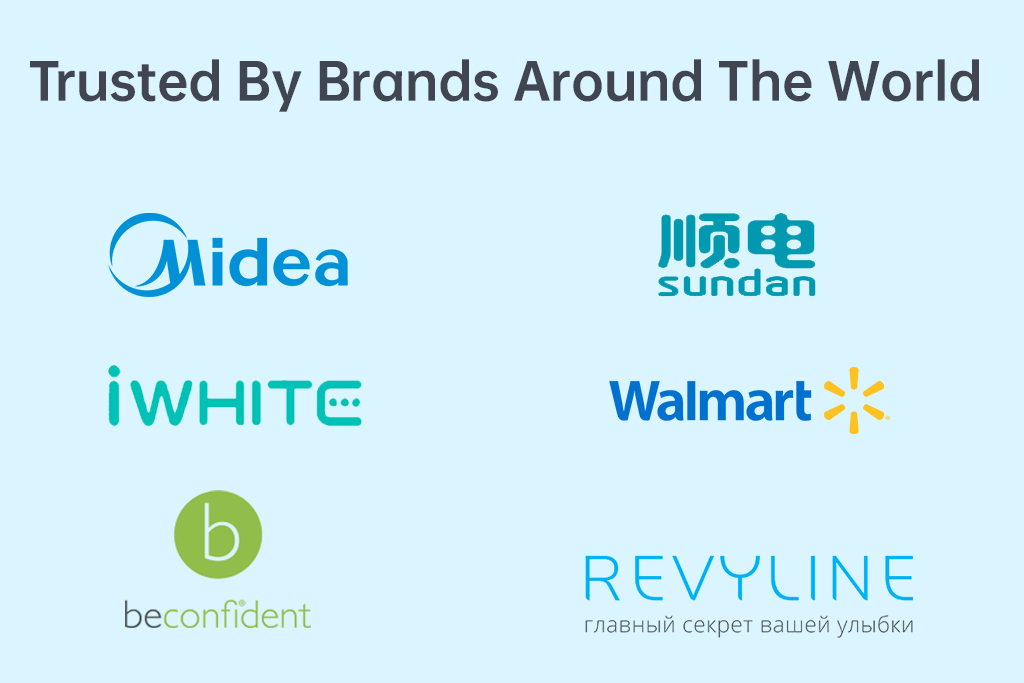
How to Compare Electric Toothbrush Suppliers When Selecting a Philips Sonicare Supplier Wholesale?
Timer Malfunction with Whitening Reversal – Wasted Effort?
Gum Irritation or Throat Irritation – What’s the Culprit?
.jpg)
Water Flosser Price Factors & Supplier Screening: A Strategic Sourcing Guide
.jpg)
Solutions to Common Faults of Water Flossers: How Can Brand Owners Ensure That Factories Provide Reliable After-Sales Service?

Precautions During Use – Maximize the Effectiveness of the Home Teeth Whitening Device
Brush Discoloration with Hydrogen Peroxide Burns – Safe to Ignore?

Find Oral Care Factories with Technological Barriers to Create Differentiated Products
.jpg)
Choosing Between a Sonic vs Oscillating Toothbrush Supplier?
Tongue Numbness After Hydrogen Peroxide Burns – Normal?
.jpg)
Florida Electric Toothbrush – Powsmart PTR-C8

Electric toothbrush heads Charcoal Infused-Diamond

Private Label Whitening Gel

electric toothbrush heads Regular Clean

electric toothbrush heads Charcoal Infuse-Round

Customization Teeth Whitening Gel

electric toothbrush heads Ultra Soft

electric toothbrush heads Deep Clean
whstapp
whstapp
National Toll-Free Service Hotline
+86 755 86238638